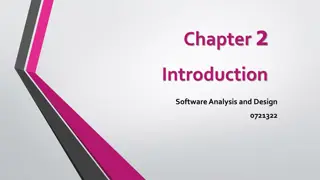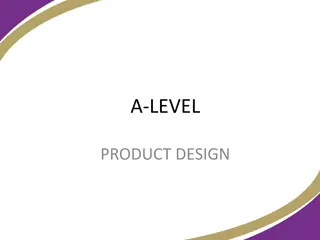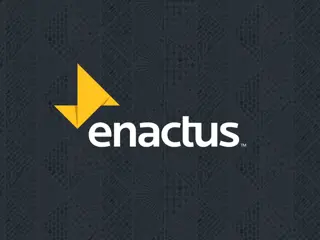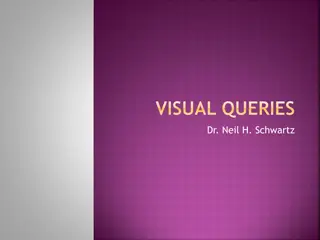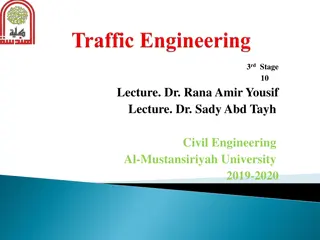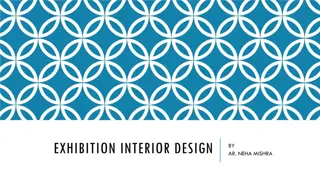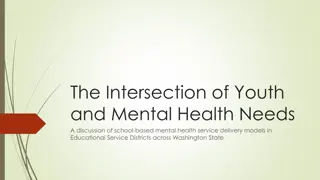AI Approach in Visual Design Ideation Process
Exploring the integration of Artificial Intelligence in the visual design ideation process, this study discusses the optimization of artifacts, the gap in ideation processes, research objectives focusing on AI generative arts, and methods involving AI tools like VQGAN and CLIP. Results show improvements in design element scale and layout with AI assistance, emphasizing the role of designer professionals in refining AI-generated outputs. The discussion highlights the ongoing collaboration between AI and designers to achieve design goals effectively.
Download Presentation

Please find below an Image/Link to download the presentation.
The content on the website is provided AS IS for your information and personal use only. It may not be sold, licensed, or shared on other websites without obtaining consent from the author. Download presentation by click this link. If you encounter any issues during the download, it is possible that the publisher has removed the file from their server.
E N D
Presentation Transcript
Artificial Intelligence Approach in Visual Design Ideation Process Peter Ardhianto1*,Ryan Sheehan Nababan2 Department Visual Communication Design, Soegijapranata Catholic University, Semarang - Indonesia
Introduction Optimal artifact or prototype Ideation process Visual concept
Introduction Require a lengthy procedure Optimal artifact or prototype Ideation process Visual concept Ideation Gap Lack of Digital Support
Research objective Require a lengthy procedure AI Generative Arts Optimal artifact or prototype Ideation process Visual concept Ideation Gap VQGAN + CLIP Lack of Digital Support
Method Approximately time 5-10 minutes
Method VQGAN + CLIP Input Output AI on Visual Ideation Process Design Element Scale Survey
Results Design Element Scale 3 2 4 5 1 Layout 0 1 4 12 5 (0%) 1 (4.5%) 0 (0%) 0 (0%) (4.5%) 1 (4.5%) 1 (4.5%) 3 (13.6%) (18.2%) 2 (9.1%) 17 (77.3%) 5 (22.7%) (54.5%) 13 (59.1%) 3 (13.6%) 11 (50%) (22.7%) 5 (22.7%) 1 (4.5%) 3 (13.6%) Color Scale / Size Object / Shape
Results AI based on generative arts assisting Layout ideation design Defining the color of the ideation process, Imagining objects and shapes. Shorten the ideation process
Discussion Designer professionals are still responsible for putting forward questions, formulating rules, and providing the starting point. The designer still requires developing their identity by the brief or re-designing the AI results to optimize the visual design project because various generated images were unpredictable and sometimes outside the text command The study also demonstrates how this collaboration between AI and visual communication designers can continue indefinitely to meet design goals.
Conclusion This study aims to assess the effectiveness of generative art-based AI in the ideation process for visual communication designers. According to the findings of this study, designers can use generative art-based AI in ideation. The designer s task as a design originator is not replaced, but it can be sped up by AI s performance in the idea process, particularly in color selection and visual layout. Since the AI generative arts networks select millions of images and keywords on the internet. It combines them into a single visual based on the text commands entered by the designer, and it can be used to develop ideas. Designers use other text commands or re-design AI s results to enable trial and error in the generative arts until the visual design meets the design goals.



![textbook$ What Your Heart Needs for the Hard Days 52 Encouraging Truths to Hold On To [R.A.R]](/thumb/9838/textbook-what-your-heart-needs-for-the-hard-days-52-encouraging-truths-to-hold-on-to-r-a-r.jpg)
